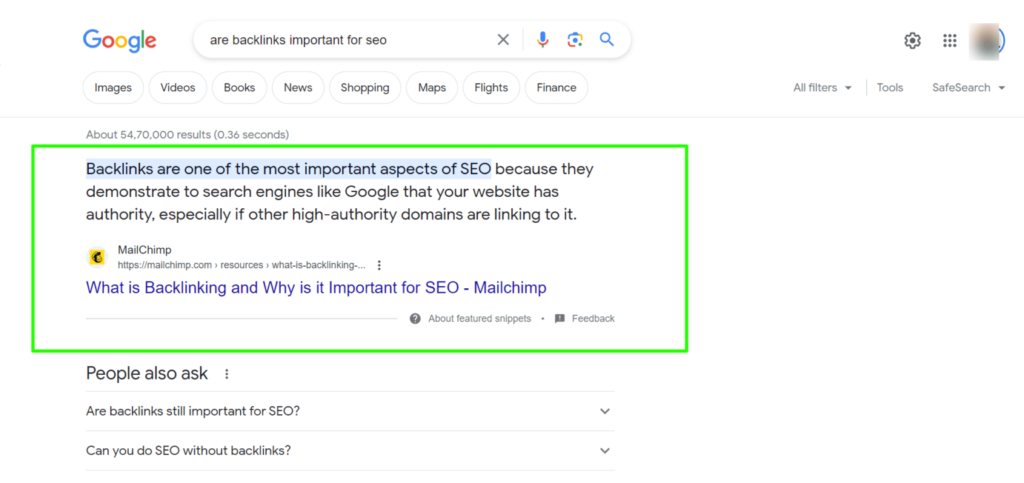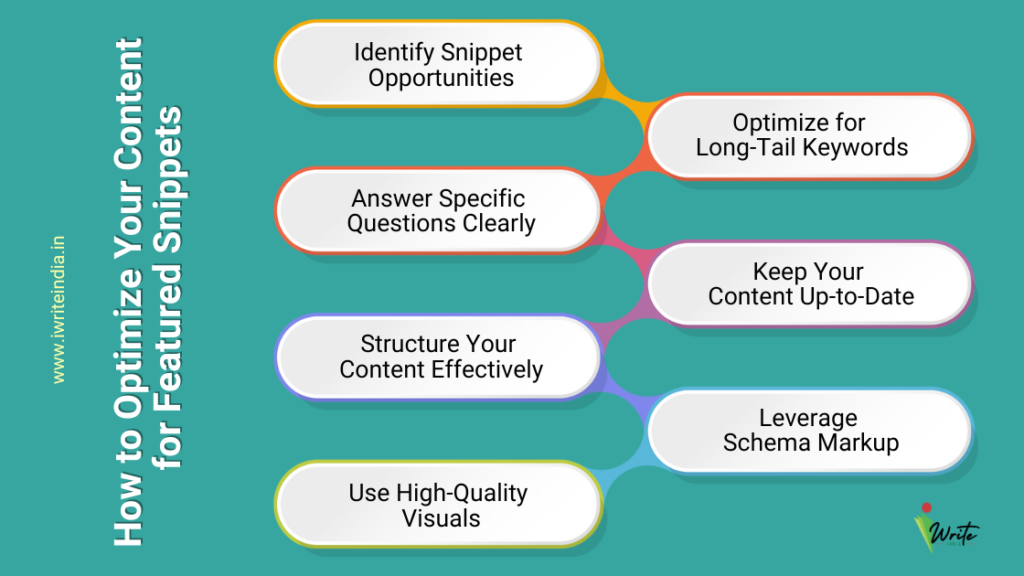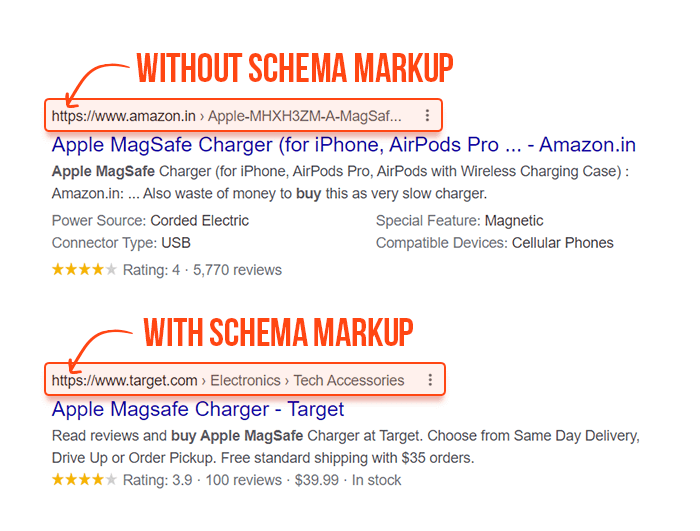Standing out in search engine results pages (SERPs) is becoming increasingly critical for businesses. One powerful way to achieve this is by securing a coveted spot in Google’s featured snippets. But what exactly are featured snippets, and how can your content land in this prime real estate? In this comprehensive guide, we’ll explore everything you need to know about featured snippets and provide actionable strategies to help you earn them.
What Are Featured Snippets?
Featured snippets are highlighted excerpts of content that appear at the top of Google’s SERPs, just below the ads but above the regular organic results. These snippets are designed to answer the user’s query directly within the search results without requiring them to click on a link. They are often referred to as “position zero” because they appear before the first organic search result.

Featured snippets can take various forms, including:
- Paragraph Snippets: Brief text summaries that answer a question.
- List Snippets: Ordered or unordered lists that provide step-by-step instructions or a list of items.
- Table Snippets: Tables that present structured data, making it easy for users to compare information.
Earning a featured snippet can significantly boost your website’s visibility and credibility, as well as drive more organic traffic.
The Importance of Featured Snippets
Featured snippets are a vital component of any successful SEO strategy. According to recent statistics, around 19% of all SERPs contain a featured snippet. Additionally, content that appears in a featured snippet can see a click-through rate (CTR) increase of up to 30%. For businesses, this means more traffic, more leads, and, ultimately, more conversions.
For businesses that want to win over their competition in search pages, securing featured snippets can be a game-changer. It positions your agency as an authority in the industry and can help attract clients who are looking for expert digital marketing services.
Types of Featured Snippets
Understanding the different types of featured snippets is crucial for tailoring your content to earn these coveted spots. Here are some common types:
- Paragraph Snippets: These are the most common type of featured snippet, where Google extracts a short paragraph from your content to answer a specific query. Example: “What is content marketing?“
- List Snippets: These snippets are presented as bullet points or numbered lists. They are often used for queries that require step-by-step instructions or a list of tips. Example: “Steps to create a successful digital marketing strategy.”
- Table Snippets: Table snippets display information in a structured format, making it easy for users to digest and compare data. Example: “Comparison of digital marketing tools.“
How to Optimize Your Content for Featured Snippets

Now that you understand what featured snippets are and why they matter let’s dive into the strategies you can use to optimize your content and increase your chances of earning these snippets.
-
Identify Snippet Opportunities
The first step in optimizing for featured snippets is identifying which queries in your niche already have snippets and which don’t. Tools like SEMrush, Ahrefs, and Moz are invaluable for this. For example, if you run a digital marketing agency in Delhi, you can use these tools to search for keywords like “best SEO strategies” or “how to create a content calendar” and see if a featured snippet is already present. If not, this represents an opportunity to target that keyword with high-quality content.
-
Answer Specific Questions Clearly
Featured snippets are all about answering user queries. When creating content, focus on answering specific questions directly and clearly. For instance, if you’re writing about “what is content marketing,” start your paragraph with a straightforward definition:
“Content marketing is a strategic approach focused on creating and distributing valuable, relevant, and consistent content to attract and retain a clearly defined audience.”
By placing the primary keyword, “featured snippets,” naturally in your answers, you make it easier for Google to identify your content as a strong candidate for a snippet.
-
Structure Your Content Effectively
Google prefers well-structured content. Use headings (H1, H2, H3) to break down your content into sections. Include lists, tables, and bullet points where applicable, as these formats are more likely to be featured as snippets. For example, if you’re providing examples of rich snippets, you might structure the section like this:
Examples of Rich Snippets:
- Review Snippets: Displaying star ratings for products.
- Recipe Snippets: Showing cooking time, ingredients, and calories.
- Event Snippets: Listing upcoming events with dates and locations.
This structured format makes it easy for Google to pull the list as a featured snippet.
-
Use High-Quality Visuals
Including high-quality images, charts, and infographics can enhance your content and make it more appealing to users and search engines. For example, if you’re writing about “how to optimize content for SEO,” you might include a flowchart that visually represents the steps in the optimization process.
Although Google typically does not pull images from other sites into featured snippets, these visuals improve the overall quality and engagement of your content, making it more likely to rank highly.
-
Optimize for Long-Tail Keywords
Long-tail keywords are more specific queries that often include question phrases like “how to,” “what is,” or “why.” Optimizing your content around these queries increases your chances of being featured. For example, instead of targeting a broad keyword like “SEO,” you could target a more specific query like “how to earn featured snippets.”
A practical example would be:
- Instead of “digital marketing,” use “how to create a digital marketing strategy for small businesses.”
- Instead of “content creation,” use “what is the best content creation process for beginners.”
These long-tail keywords are more likely to trigger featured snippets because they are closely aligned with user intent.
-
Keep Your Content Up-to-Date
Google values fresh, up-to-date content. Regularly updating your blog posts with new information, statistics, and examples of rich snippets can help maintain your ranking and even improve your chances of earning a featured snippet. For instance, if you’re writing about “top SEO trends in 2024,” revisiting this content every few months to include the latest trends and data will signal to Google that your content is current and relevant.
-
Leverage Schema Markup

Schema markup is a type of microdata that helps search engines understand your content better. By implementing schema markup on your website, you can improve your chances of appearing in featured snippets, especially for table and list snippets.
For example, if you have a page that lists “the top 10 digital marketing tools,” adding schema markup for a numbered list can help Google recognize and display your content as a featured snippet in list format. Similarly, if your content includes a comparison table, applying schema for that table can increase the likelihood of it being pulled into a snippet.
Clear Examples of Schema Markup Usage
- FAQPage Schema: Helps in displaying FAQ snippets. For example, adding FAQ schema to a page discussing “common questions about featured snippets” can help you earn a rich snippet.
- HowTo Schema: If you have a step-by-step guide, applying the HowTo schema makes it easier for Google to feature your content in a snippet. An example could be “How to Create a Digital Marketing Strategy.”
By following these strategies and implementing clear, structured, and valuable content, you significantly increase your chances of earning a featured snippet. This will drive more organic traffic and enhance your site’s visibility.
Avoid These Common Mistakes

While optimizing for featured snippets, it’s important to avoid certain pitfalls that could harm your chances:
- Keyword Stuffing: Overusing the primary keyword “featured snippets” or secondary keywords like “Digital marketing agency in Delhi” can negatively impact your content’s readability and ranking.
- Ignoring User Intent: Always focus on providing value and answering the user’s query. Content that doesn’t meet user intent is unlikely to be featured.
- Neglecting Mobile Optimization: Ensure your content is mobile-friendly, as more users are searching on mobile devices.
The Next Step
Featured snippets offer a unique opportunity for businesses to dominate the SERPs and drive more traffic to their websites. By following the strategies outlined in this guide, you can optimize your content to earn these highly coveted spots and position your business as an industry leader.
If you’re looking to boost your SEO efforts and secure more featured snippets for your business, consider partnering with iWrite India, a leading digital marketing agency in Delhi and a content marketing agency in Delhi.
Our team of SEO experts can help you create high-quality, optimized content that resonates with your audience and ranks at the top of Google’s search results.
Connect today to learn more about our services and how we can help you achieve your digital marketing goals.
FAQs About Featured Snippets:
1. What is the difference between a featured snippet and a rich snippet?
A featured snippet is a highlighted answer box at the top of Google search results that provides direct answers to user queries. A rich snippet, on the other hand, is an enhanced search result that includes additional visual or interactive elements like star ratings, images, or reviews, usually within the regular search results.
2. How can small businesses benefit from featured snippets?
Small businesses can benefit from featured snippets by gaining more visibility on Google without the need for a large marketing budget. Featured snippets can help small businesses appear at the top of search results, which can lead to more traffic, better brand recognition, and potentially more customers.
3. Is it possible to influence what content Google chooses for a featured snippet?
While you can’t directly control what Google chooses for a featured snippet, you can increase your chances by optimizing your content. This includes answering common questions clearly, using structured data, and ensuring your content is well-organized and relevant to the user’s search intent.
4. How long does it take to see results after optimizing for a featured snippet?
The time it takes to see results can vary depending on the competitiveness of the keyword and the quality of your content. In some cases, you might see changes in your rankings within a few weeks, while in others, it could take a few months. Consistent updates and monitoring are key to long-term success.
5. Can featured snippets impact voice search results?
Yes, featured snippets play a significant role in voice search. Since voice assistants like Google Assistant often pull answers directly from featured snippets, optimizing your content for these snippets can also help you rank higher in voice search results, making your business more accessible to users on smart devices.




